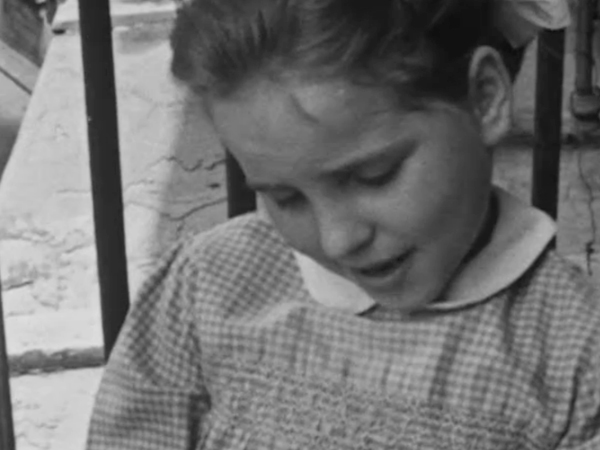Ute Aurand: 02
Ute Aurand has been a central figure of Berlin’s experimental film scene since the 1980s and is one the most significant filmmakers active in the diary and portrait tradition today. In making her 16mm portraits, she often films her subjects over many years, thereby stressing the inseparability between living and filming for the avant-garde filmmaker. Aurand’s work celebrates the here and now, the people she meets, the places she visits, the very fact of being alive. Hers is an honest, energetic and vibrant cinema, one in which joy can even be found in sadness. “The diaristic form develops out of an inner dialogue with my surroundings, a silent visual conversation. The source of inspiration is daily life, the fountain which never stops and offers itself to everyone. It is a great joy and challenge to transform my inner dialogue into film.” Her films propose a courageous filmmaking which is as radical as it is poetic.
Rather than providing a comprehensive retrospective of Aurand’s work, these 3 Artist in Focus programs offer insight into key motifs of her practice, with an emphasis on films made during the past 10 years.
_______________
In the presence of Ute Aurand.





